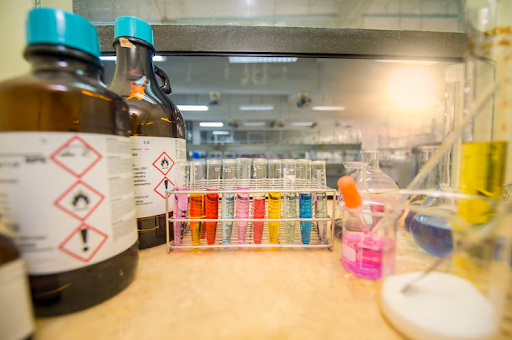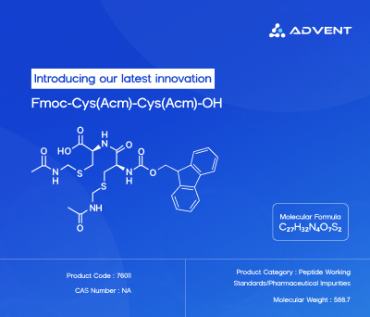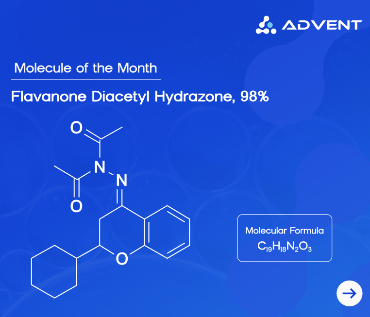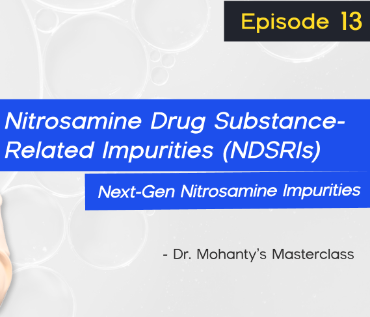If HPLC were a baking competition, your solvent would be the flour—foundational, flexible, and often the reason behind a perfect rise or a complete flop. Whether you’re separating a complex pharmaceutical compound or doing routine quality control, choosing the right solvent in HPLC analysis is half the win. But with so many solvents on the shelf, how do you pick the right one without turning your chromatogram into a melting sundae?
Advent breaks it down for you!
1. Start with Solubility—Don’t Fight Chemistry
This may sound obvious, but it’s often the step many rush past. Your analyte must be completely soluble in the solvent you’re injecting. If it’s not, you’re inviting ghost peaks, split peaks, or worse—no peaks at all.
Tip: Use minimal solvent to dissolve your sample, but make sure it matches the polarity of the mobile phase.
2. Polarity Matters—Like Attracts Like
Think of polarity like matching frosting to cake. A dense, rich chocolate cake doesn’t need a watery glaze. Similarly, polar analytes need polar solvents (like water, methanol), and non-polar ones call for non-polar solvents (like hexane or chloroform). In reverse-phase HPLC, which is the most commonly used mode, the mobile phase usually includes water combined with an organic solvent like acetonitrile or methanol.
Common Organic Solvents:
Methanol (MeOH): Less expensive, but higher viscosity = higher back pressure.
Acetonitrile (ACN): Lower viscosity, better peak shapes, and shorter run times.
Tetrahydrofuran (THF): Strong solvent power, but it can absorb UV and degrade with time.
3. UV Transparency—See Clearly
If you’re using UV detection (and most of us are), your solvent shouldn’t compete for the spotlight. Choose solvents with low UV cut-off values so your detector sees your analyte, not just the solvent. For example:
Water: ~190 nm
Methanol: ~205 nm
Acetonitrile: ~190 nm
Imagine trying to find a cherry in a chocolate cake if the entire thing’s dipped in dark frosting. That’s what a high UV-absorbing solvent does—it masks the analyte.
4. Stability and Purity—Keep It Clean
Use HPLC-grade solvents—always. They’re filtered, degassed, and free from UV-absorbing impurities that can ruin your baseline or spike your noise. Impurities = false peaks. It's like baking with impure sugar—you’ll taste the bitterness.
Also, check for peroxide formation in ethers and degradation in THF or DMSO. Your solvent shouldn’t age faster than your sample.
5. Buffer Compatibility—No Clashing Ingredients
If you’re using ionizable analytes, you’ll likely use a buffer. Make sure your organic solvent and buffer are miscible. For example, ACN mixes well with phosphate buffers, but THF may not. Always double-check compatibility to avoid phase separation and cloudiness.
Bottom Line: The right solvent in HPLC analysis is more than a good carrier—it’s the unsung hero behind reproducible results, beautiful peaks, and confident decisions. So next time you prep your mobile phase, give your solvent the same love you’d give your cake batter—it sets the whole tone. To solve your queries, reach out to us at Advent.




